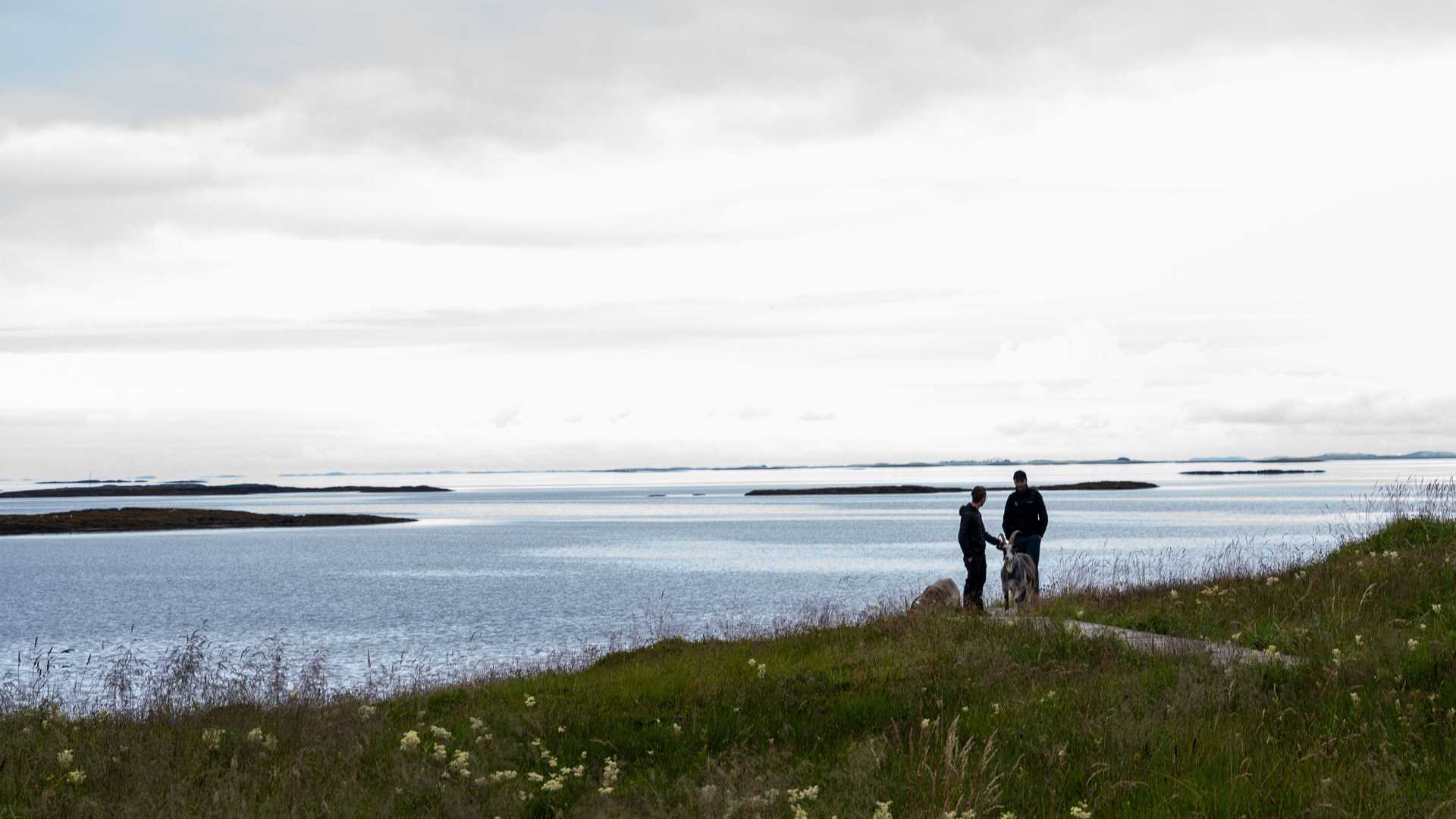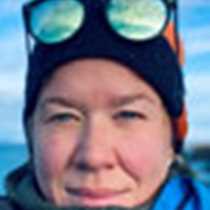The day started with a visit to the beautiful island of Vega. For thousands of years the people of the island have been living off what the sea provides, and it remains a major part of island life.
The Vega archipelago consists of about 6700 islands, and eider ducks have come here for hundreds of years. Villagers built small houses for the eiders to protect them, and they keep the island free from foxes and other predators. This allows the eiders to nest peacefully while providing the people of the island with eider down, worth more than its weight in gold. The down is harvested each year, and as long as the eiders feel safe, they will keep returning. Because of this it is now a UNESCO World Heritage Site, and there is a fantastic museum describing the island’s way of life.
Goats were grazing around the site of the museum — much more efficient and environmentally-friendly than any grass clipper or Roomba! Our guide took us through the lush and beautiful landscape while sheep roamed around; the area was covered by colorful flowers and the air was full of bird song. Back at the museum we were treated to the mandatory Norwegian waffle and a guided tour — and of course our guests needed to take the eider down test!
The afternoon was spent cruising and listening to interesting lectures. We learned from our naturalist Steve as well as our visiting scientist Rachel from the Rozalia Project; they educated us further about microplastics and the sampling they have been doing throughout this expedition. But the highlight of the day was the evening! The hotel team served us a wonderful Filipino buffet, followed by an ever-so-amazing show by our talented crew, and the night is not over yet!







